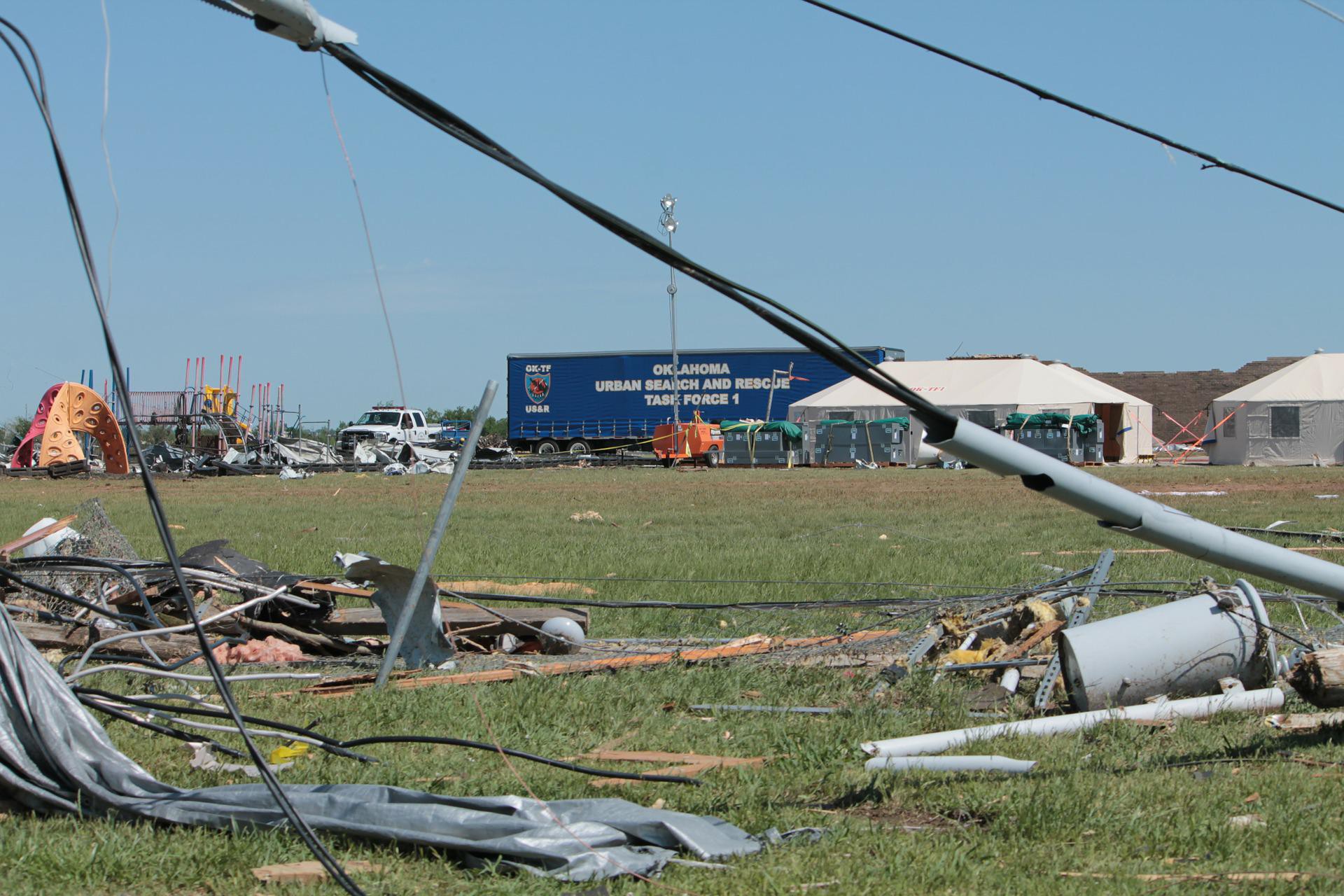It’s no secret that CFOs today are faced with threats of interruption that can come from anywhere and at any time. Cyberattacks, workplace violence and natural disasters, just to name a few, merit different responses and developing and implementing an effective preparedness plan is a daunting task. The good news for CFOs is that there are a wide variety of resources available to assist and help guide you through the process.
Where to Begin?
A sound business continuity plan should start with an evaluation of the risks and exposures that are unique to the business. These evaluations (or risk assessments) are a great opportunity to collaborate with key stakeholders of your business to determine vulnerabilities and the potential impact of interruptions to your critical business processes. This can be a chance to think outside the box and expand the conversation beyond the standard set of hazards like fire, weather and utility outage. It may also help to determine what type of insurance is the best fit for your company, and if your business is a good candidate for forming a captive insurance company.
The Usual Suspects – Key Components
1. Identify Potential Disasters: As mentioned above, the first step is an assessment of the types of emergencies the business may face. In this analysis, it must include all components of the business and how each emergency will affect each component including offices, job sites and customer locations. Each potential emergency needs to have a response plan.
2. Develop an Emergency Plan: This provides step-by-step procedures to address the potential disasters. It includes who to notify, who has been assigned tasks, where to go and any additional action steps that may be necessary. It must be in a document where everyone has access to it inside the workplace. It’s also good to review the plan periodically as a team. There should be separate plans for different scenarios: severe storms, snow, flooding, fire, hurricanes, earthquakes, workplace violence, or a hazardous situation nearby. The CDC provides a free template for disaster planning and OSHA has guidelines to consider that are good places to start.
3. Communication – Have a Plan: Once a detailed disaster plan has been developed, the plan should be distributed to employees and discussed as a team. Be sure to include:
- List of emergencies and response plans that could impact facilities and operations, such as power failures or weather emergencies.
- The roles and responsibilities of key employees during an emergency. It’s important to address these questions: Who contacts emergency services? Who has been assigned evacuation responsibilities? Who responds to press inquiries?
- The emergency plan should also include the name and job title of every employee who may be contacted for more information about the plan or for an explanation of duties.
4. Training: Training all employees on the plan will ensure the procedures are effectively accomplished. Everyone needs to know and understand the expectations and their responsibilities and the possible threats and hazards. Training and practicing evacuation plans and designated assembly areas should take place that includes duties and practice drills in the appropriate locations for the pinpointed hazards.
5. Practice Makes Perfect: Without practice even the best disaster plans can fail. Keep the plan front of mind. Conduct interactive pop quizzes to make sure everyone knows what to do, run drills and “tabletop” sessions to go over the plans periodically. Tabletop exercises are where teams work through a simulated scenario to practice response protocol to increase efficiency and help reduce the likelihood of loss. Scenarios should be realistic, with responses happening in real-time.
What happens if business is interrupted by a customer or employee who is threatening violence or damaging property? What if there is a fire or a weather emergency? What if there is a chemical spill or hazardous situation in or near the building? Being prepared for various specific scenarios will help things run more smoothy if the worst happens.
Developing and practicing a disaster recovery plan can help CFOs identify vulnerabilities in operations. Proper communication, trainings and practice can help companies weather the storm – literally. Having a well-developed and well-known plan will decrease confusion during emergencies and help to keep people and assets safe.
It’s also important to make sure your business is covered in case of a disaster. Captive insurance may be a good risk management tool for your company. Disasters can and will happen—whether it’s a global pandemic or natural disaster. These unforeseen risks are difficult to predict and insure against, which makes captive insurance, with its ability to write broad coverage and fill gaps in coverage, a useful tool to explore.
About the Author
Shoshanna Simmons serves as the Director of Client Services of CIC Services, LLC, where she administers and oversees all client aspects throughout the Captive formation, retention and management process. She has more than 10 years of risk management and insurance experience. Prior to joining CIC Services, LLC, Shoshanna served as the Risk Manager for The Integral Group in Atlanta, GA. She created and managed the company’s corporate insurance program through individualized risk mitigation strategies within enterprise risk management, underwriting, claims management, property management, safety, compliance and regulatory reporting standards. She holds her Property & Casualty (P&C) Insurance license, participates in multiple professional insurance organizations and is a member of The Risk Management Society (RIMS).










